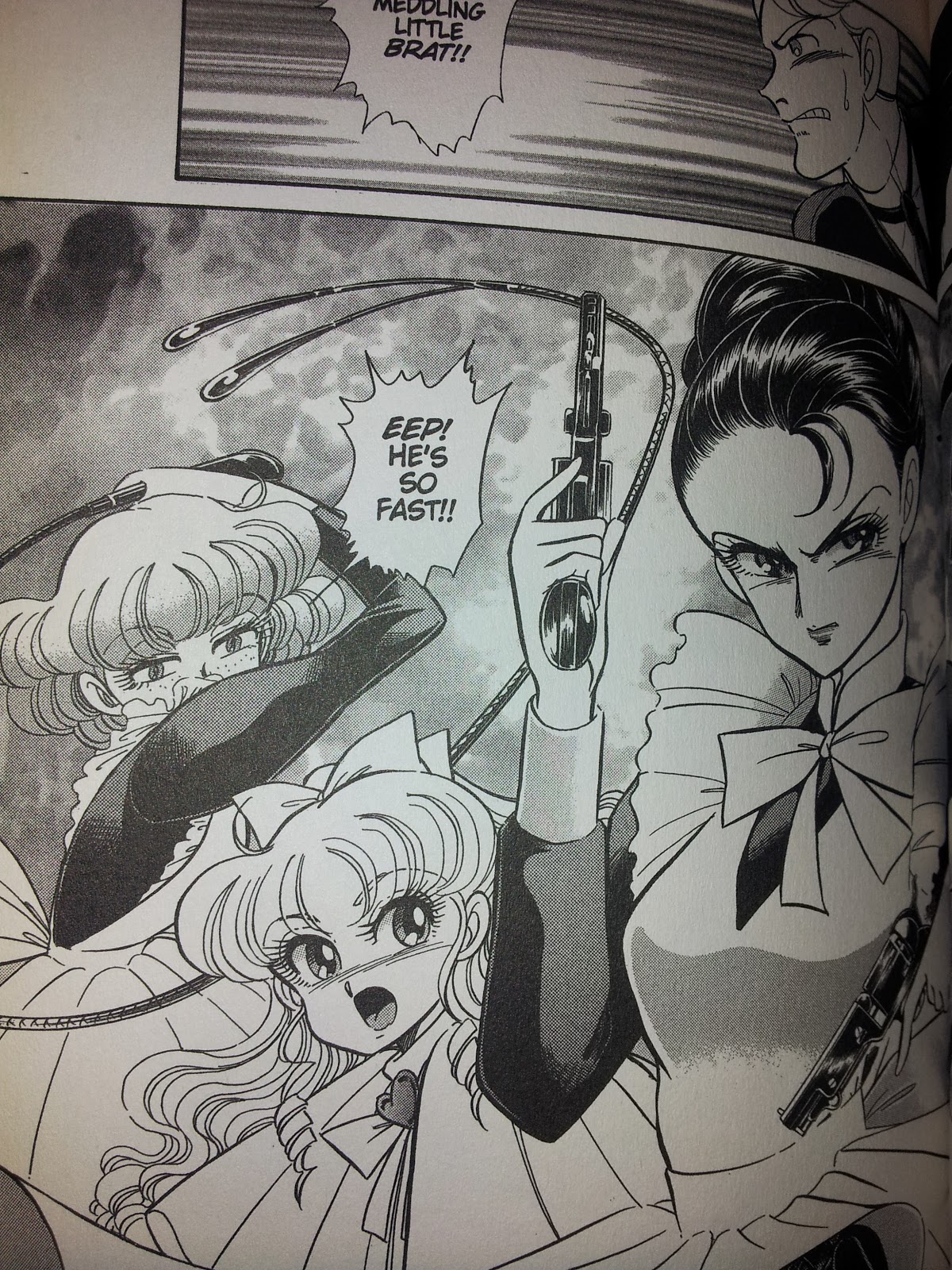Let’s repurpose this for a minute as I ponder why I've always loved learning Japanese, as well as why I find it frustrating but loving.
Everyday interactions activate an individual’s language and critical thinking skills. We communicate through language skills, interpreted through talking, listening, writing, and--my favorite--reading. They combine to keep language whole within the definitions of those who speak them. However, as languages are diverse, critical thinking skills in each element of communication increases in the wake of language exchange. As we learn new languages we have to apply critical thinking to interpret pieces of the opposite language. It is these pieces that we manage to interpret, which builds within the vocabulary of our respective language, and must have its context within communication diagnosed for our understanding. Simply put, we comprehend the meaning of a foreigner’s statement through the interpretation of one word. This process is activated by critical thinking.
Nevertheless, we gather the diversity of other languages through teaching. The standard of teaching does apply critical thinking; however, it becomes initiated through processes consisting of creative, procedural, and often specific and direct means. Practical ideas from teachers merge into each process, and the student learns the language through his or her learning regiment. Whereas the student may not pick up on every word, those taught become better able to find his or her interpreted counterpart throughout communication with another.
According to Behruz Lotfi, Habibollah, and Mohammad: “the main aim of second language education along with other pedagogies is to produce and create creative and critical learners… it proved necessary to give a detailed explanation about the concept ‘critical thinking’, and then, critical thinking activities, and that how using them helps learns integrate language skills.”
Behruz Lotfi, Habibollah, and Mohammand believed strongly in the ability to integrate language through the use of critical thinking. As learning language diversity tends to active our productive and receptive skills, the access to those pieces of words produced by critical thinking molds a student to real-world communication outside the classroom.
Language can empower and limit the expression of our thoughts in various ways. Because learning a language activates both critical thinking and creative participation, it is a process that engages expressions and thoughts. We learn through our individual and personal processes, each seen differently throughout taught piece of active learning. As our thoughts connect with learning new languages; learning languages builds inner confidence by expanding our awareness and knowledge of language and different mechanisms of communication. The process also allows one to discover where his or her gaps in learning are; therefore, students can tackle their weaker points to further increase their ability and self-assurance.
Furthermore, languages empower our expression of thought as it stimulates our learner’s minds, causing us to be receptive to assimilating culture expressions. With that knowledge of culture do one’s worldly sensibilities expand, producing worth within the self-aware. Nevertheless, while language has the potential of expanding one’s confidence and self-worth, being unreceptive to differences languages can limit a person. Diversity is ever present in a person’s daily existence, and to only acknowledge what one has known from birth often leads to discouraging expressions of thoughts, which usually becomes viewed as owning prejudices against others.
Because critical thinking consist of branching concepts and ideas produced to give meaning and definition to a statement or question, its ability to persuade others lies in the careful examination of the subject. Evidence, fallacies, and reasons become produced because of critical thinking and its use to persuade others. Because critical thinking requires conscious thinking the proficiency needed to persuade another must be clear with each avenue of reason presented strongly and with evidence.
Language does much more than help us communicate; it activates every aspect of our thoughts, emotions, and practical thinking. With the addition of critical thinking, languages helps individuals approach learning and acceptance of others, whether it is through narrow reasoning or vastly broad ones.
References
Kirby, G. R., & Goodpaster, J. R. (2007). Thinking: An interdisciplinary approach to critical and creative thought (4th ed.).Upper Saddle River, NJ: Pearson Prentice Hall.
Behruz Lotfi, G., Habibollah, M., & Mohammad, D. (2010). Using critical thinking activities as tools to integrate language skills. Sino-Us English Teaching, 7(4), 33-45. EBSCOHost.



















